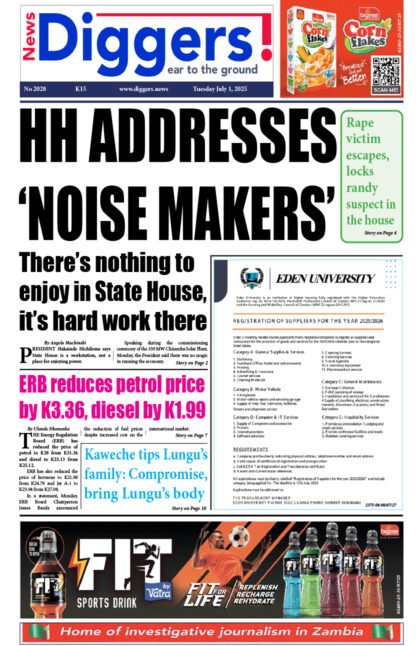The kwacha’s performance against major currency convertibles is likely to remain weak, with the local currency expected to remain trading above the K12 per dollar psychological barrier for short-term period, due to increasing demand of the greenback.
According to financial market players, the kwacha has maintained a weak position at K12 per dollar at the start of the second quarter of 2019 on account of heightened dollar demand, while supply of the greenback remains limited.
The local unit was seen trading at a market average of K12.09 and K12.14 by lunchtime, Wednesday, for bid and offer respectively, according to the Bank of Zambia, compared to trading at K11.99 and K12.04 exactly one month ago.
This means that the local currency has maintained its depreciating trend since the start of 2019 when it traded at K11.96 per dollar on January 2.
And the kwacha’s weakness is set to persist in the short-term period owing to heightened demand for dollars on the local market.
“Although the local unit gained marginally from Thursday, the kwacha continues to trade the K12.10 handle against the greenback. Markets opened at K12.15/K12.20 and closed at K12.10/K12.15. Importers have to adjust to the current levels as the cost is bound to be passed on to consumers eventually. Exporters on the other hand, will welcome the elevated rates, particularly considering that quarterly taxes are due. The conversions may bring some relief and provide the currency with support. A break below K12.10 will undoubtedly be welcome by currency buyers. Until these flows materialise, a weak kwacha will persist,” FNB Zambia stated in its daily treasury newsletter.
“The local unit has continued to weaken in the wake of persistent demand for dollars and short foreign currency supply. The unit opened at K12.10/K12.15 on Monday, gradually depreciating during the course of the day to close at K12.15/K12.20. As dollar supply continues to be a major constraint, the local unit is expected to continue to suffer.”
And Cavmont Bank explained in its market report that dollar demand is mainly emanating from the agricultural and energy sectors of the economy.
“The currency pair seems to have maintained a stable range during the period, though a pickup in demand from the energy and agriculture sector seems to have caused a drop in the kwacha during the months of February and March. Current trends indicate that the local unit is likely to remain range-bound should there be no change in the current status quo,” stated Cavmont.



















